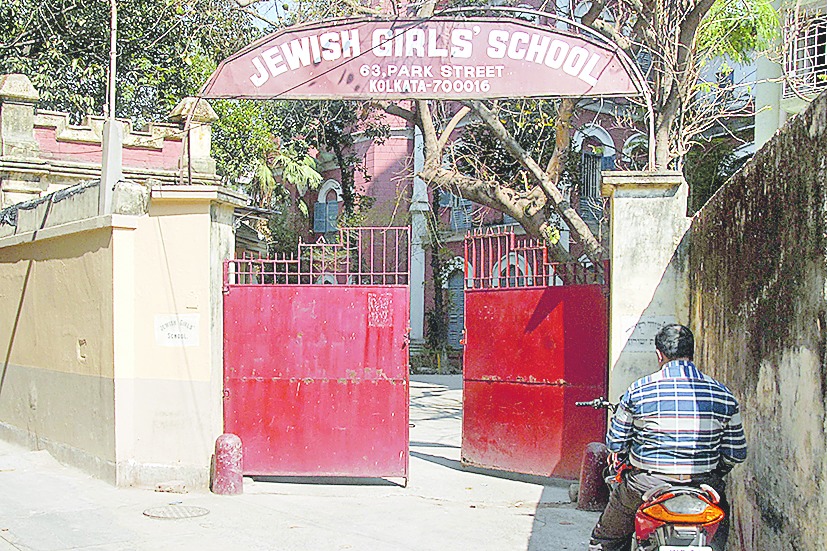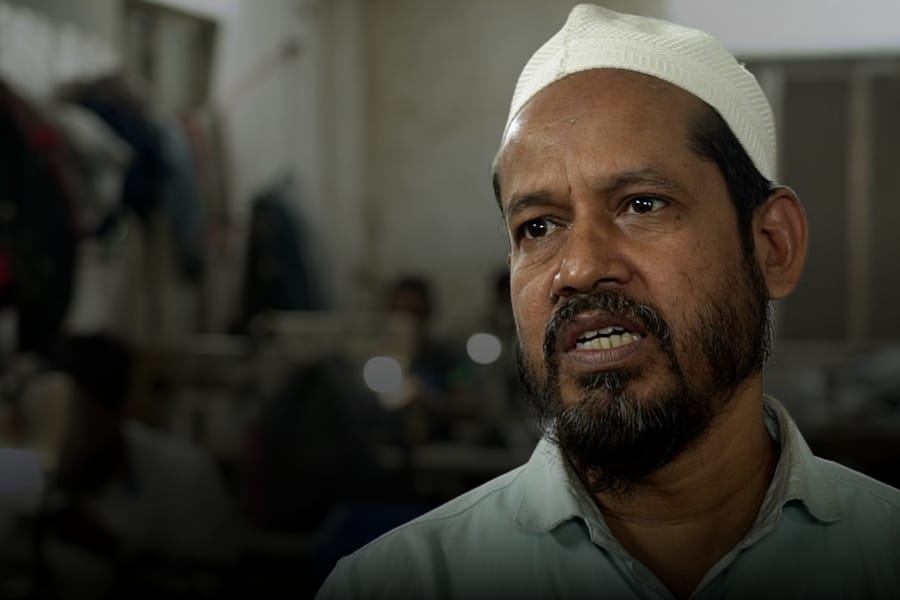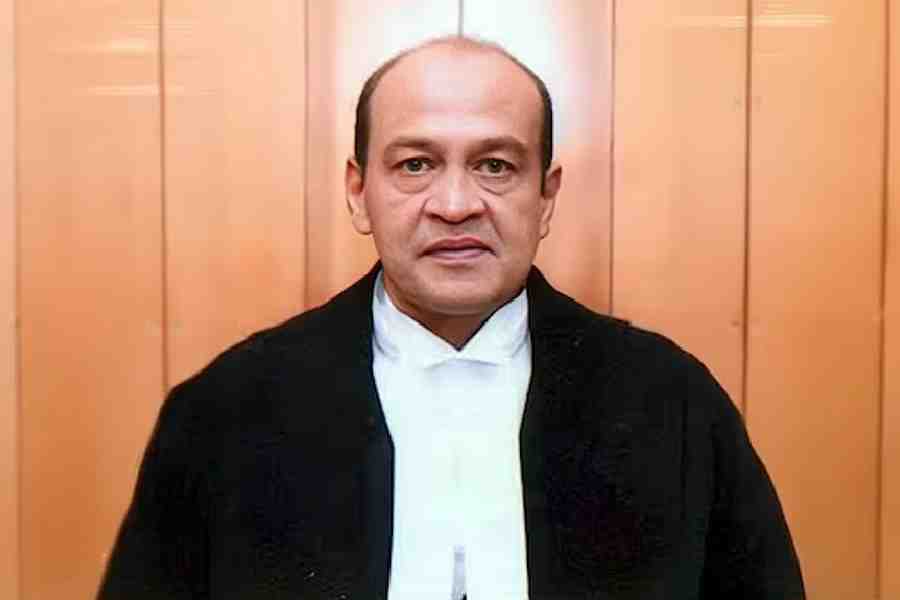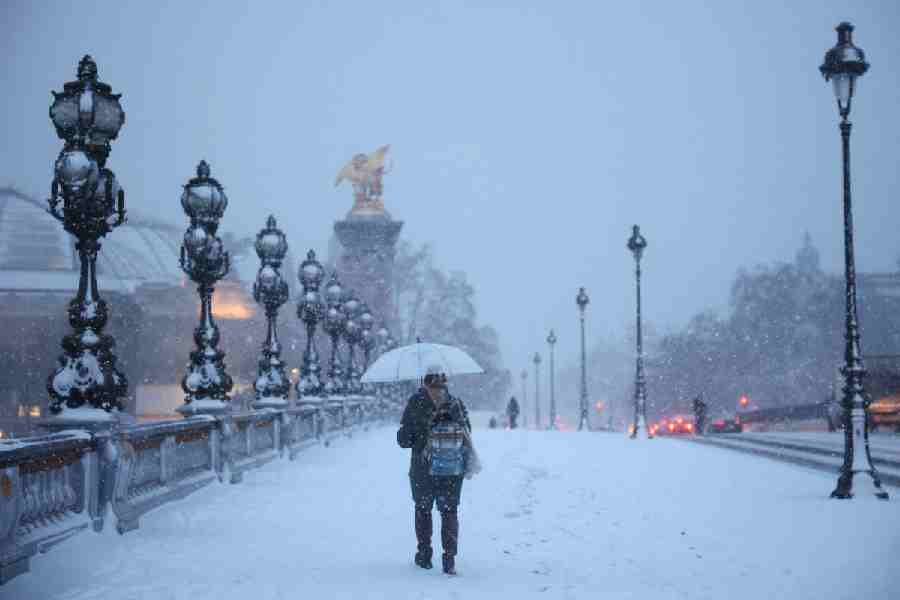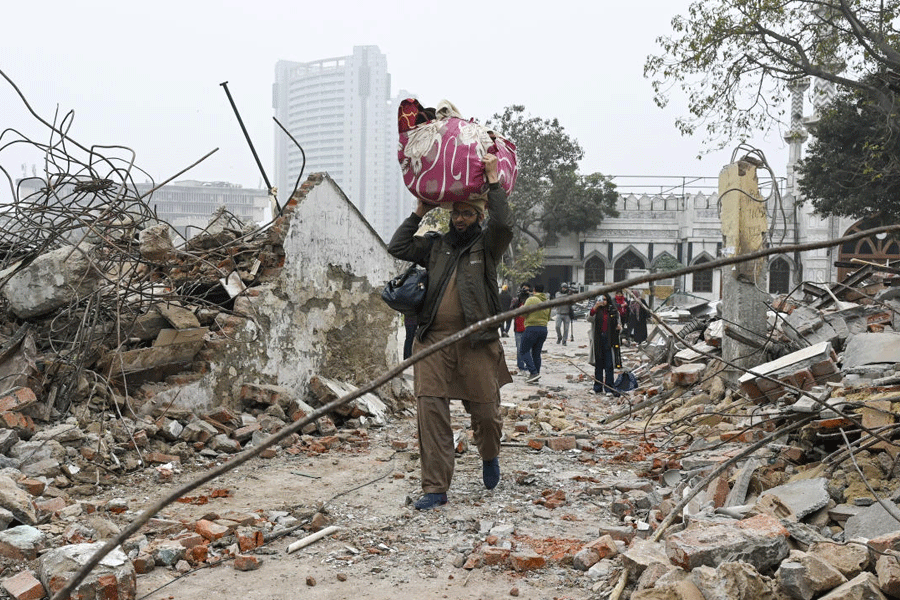
The Jewish Girls' School is among the oldest schools for girls in the city. Today, 90 per cent of the student body of the school is Muslim, many first generation learners. Equipped with an English medium education, scoring well in the school-leaving examinations, skilled in extra-curricular activities, the graduates of JGS have taken their place in the professions. The school's graduates are an asset to their families, their communities, and the country.
Members of the Jewish community, concerned about proselytization of their children attending mission schools opened the Jewish Girls' School in 1881 to provide a Jewish education for their children. The JGS has changed its physical location three times since its founding. The first school was located in a residential area on Ezra Street until a new three-story building was erected on Pollock Street, opposite the Beth El synagogue. By the 1950s the area on Pollock Street had become too congested and many members of the Jewish community had shifted south towards Kyd Street, Tottee Lane, Royd and Ripon Streets and their environs. Thus more spacious grounds were purchased in Park Street where the school moved in 1962 and where it still stands today.
When the new school was being built on sprawling grounds, the community was at its peak in terms of numbers. Jews who trekked to Calcutta from Burma during World War II made Calcutta their temporary home. Ironically, a combination of national and global events in the 1940sand 1950s led to a very rapid dissolution of the community. Members of the community emigrated to Israel, the United Kingdom, the United States of America, Canada and Australia at a rapid pace. This led to the JGS being depleted of Jewish children.
In 1953, realizing that the community was fast dwindling, the JGS decided to open its gates to non-Jewish students. The JGS was formally registered under the Societies Registration Act and its memorandum of understanding included the following clause "...to provide, establish and carry on a school or schools, and/or hostel or hostels for the education and/residence of children professing the Jewish faith and domiciled in India, with liberty to extend these benefits to children of other faiths and domiciles, subject to such rules and regulations as to admission..."
Through the 1950s to the 1980s there were a handful of Jewish children in the school, and there were students from other communities too. These were primarily Bengali, Punjabi, Sindhi and a few Muslim students, most of them from middle-class backgrounds. The school had about 400 girls, and Jewish girls learnt Jewish traditions, prayers and scriptures as long as there was a Jewish teacher in the school.
In the mid-1980s a decision was made by the school management to expand enrollment, as the premises were large enough to accommodate significantly more students. At that time, the area behind the school had become increasingly Muslim and lower middle-class in composition. At the same time, the parents were open to providing a quality English education for their girls, the JGS was in the vicinity, and its fees were much lower than they were for other comparable educational institutions.
As Muslim children fared well in school, others from the community joined. While the teachers and staff come from all communities, Muslim students comprised about 50 per cent of the student body in the early 1990s and represent 90 per cent of it today. Parents have come to trust that they can send their daughters there without any fear.
The girls come from conservative homes and often change from salwar kameez and hijab once they get to school where they put on their uniform. At school they are exposed to a larger world and excel in extra-curricular activities; they participate in inter-school activities that expose them to a world beyond their community. The majority and minority community students are close friends with one another and there is no Hindu-Muslim tension in the school. Most parents and students know that the school was once a school for Jewish girls, but there are only a few traces of its Jewish history.
The traces of the school's Jewish past occur in the everyday life of the school. The girls still have a Maghen David (star of David) on their blouses and on the school notebook, some Jewish holidays are still on the calendar, and the board of the school is still Jewish. The school building, donated by the Gubbay family, prominently displays their name. The large school hall has pictures of all the Jewish patrons and presidents of the school mounted on the wall. Wooden plaques that record the names of the Jewish girls who graduated from the school each year are also displayed in the main hall. Other than these few traces of the school's Jewish history there is very little to distinguish the school from other English medium schools in the city.
Yet the pride in the Jewish origins of the school still surfaces on special occasions. As recently as 2006, when the JGS celebrated its 125th year, its Jewish heritage was celebrated by the students and staff, none of whom was Jewish. They sang songs in Hebrew and performed Jewish folk dances, as well as performing other dances from the various states of India.
In Calcutta, Jews and Muslims have enjoyed deep friendships over generations. Their shared religious roots and some common dietary practices led to Muslim cooks being employed in Jewish homes. For generations, the caretakers of the synagogues have been Muslim, as are the men and women who still help with the dressing of bodies for Jewish burials. These abiding friendships and inter-dependent relationships are very strong and there is a legacy of goodwill between the two communities. The Jewish community also had binding ties with other minority communities and the majority community of Calcutta.
So it is that the JGS continues to provide a quality education for almost 35 years after there were no Jewish students in the school. This is a testimony to the commitment of the Jewish community to continue this educational service for the benefit of the youth of Calcutta, regardless of their religious or class affiliations. The education received at the JGS has enabled students to build professional careers for themselves, which is at once a tribute to the school.
The education provided by and in the name of the Jewish community of Calcutta to its primarily Muslim student body is testimony to the multicultural nature of the city. The close ties and positive working relationships between Muslims and Jews are deeply rooted in the local context of Calcutta. Strong intra-community bonds are important to understand and celebrate, especially as Jews and Muslims are increasingly polarized in much of the world today.

